 What toppings are on your favorite pizza? Did you know that sausage is the #1 pizza topper? We want to see your homemade pizza creations! Send us a picture of your pizza with a short description of your pizza’s toppings for a chance to win an epitourean.com culinary trip for 2 brought to you by Johnsonville Italian Sausage! Email your photos to [email protected] by October 19th for your chance to win, one second prize winner will receive a Big Green Egg Grill Package.
What toppings are on your favorite pizza? Did you know that sausage is the #1 pizza topper? We want to see your homemade pizza creations! Send us a picture of your pizza with a short description of your pizza’s toppings for a chance to win an epitourean.com culinary trip for 2 brought to you by Johnsonville Italian Sausage! Email your photos to [email protected] by October 19th for your chance to win, one second prize winner will receive a Big Green Egg Grill Package.
Turn Your Kitchen Into A Classroom By Making Pizza With Your Kids
By Johnsonville Italian Sausage
Everyone knows that kids love pizza. And what’s not to love? In addition to the gooey, melty cheese kids can’t resist, pizza provides them the ability to personalize their pie with all sorts of toppings – just the way they like it. Now Johnsonville® and Price Chopper want you to make your kids’ night by making pizza with them at home. Not only will the finished product satisfy their little stomachs (and yours too), the time spent preparing your masterpiece will double as an educational opportunity. The kitchen is a unique setting to teach kids all sorts of things including counting, fractions, measurements, reading, following directions, etc. Depending on the age(s) of your kiddo(s), you’ll have to tailor your lesson accordingly, but here are some ideas about how to use this time to your advantage: 1. Counting and Numbers Help your Pre-K- and Kindergarten-aged kids with counting by asking them to get out the number of plates, napkins and utensils for the number of people in your family. Have them help you add the toppings to your pie and to count how many pieces of sausage and other toppings there are. When the buzzer dings and it’s time to eat, find out how many slices there are to share. For older kids, ask about what fraction of the pizza remains after 2,4 and 6 pieces have been eaten or how many pieces each person will get and what will be left over. Fractions are much easier to “swallow” when they taste good. 🙂 2. Measurements, Multiplication and Shapes Challenge older kids by asking how much certain measurements would be if you doubled the recipe. Or you can even ask things like, “if this recipe serves 4, how can we make it serve 6?” Have the younger ones help by filling up measuring cups to specific amounts. And when the pizza is ready, try cutting half of it into “pie-like” (triangular) slices and the other half into squares so the little ones identify the shapes that they are eating. 3. Conversions It helps every cook (big or small) to know some basic conversions in the kitchen. Pass the time that the pizza is in the oven by teaching your kids about some of the most common fluid measurement conversions. Take a piece of white paper and some markers and have your kids draw a “G” big enough to take up the whole space. In a different color, have them draw large “Q”s inside of the G. Inside each Q, draw 4 “C”s using a color you have not already used, and inside each C, draw 8 “O”s in yet a different color. This will help them to understand that in each gallon, there are four quarts, in each quart there are four cups and in each cup, there are 8 ounces. They can then count the total number of “O”s to find out how many ounces are in a quart or gallon — and now you’ll know that that if a recipe calls for 20 ounces of milk, the half gallon of milk you have won’t cut it. Hang the drawing on the fridge and refer to it each time you are in the kitchen with your kids. (It may come in handy to help you remember, too!) For younger kids, introduce the idea of measurement equivalents by having them figure out how many tablespoons of water will fill up a one cup measuring cup. 4. Heat and Energy Kids know that they shouldn’t touch the stove or the oven or even a piece of pizza right when it’s done because it will burn them, but they should also learn that heat is key when it comes to cooking. Use the time in the kitchen to teach them how heat cooks our food and makes it safe for us to eat. Discuss that water boils at 212ºF and freezes at 32ºF. Have them use a kitchen thermometer to test the internal temperature of the sausage on the pizza when it comes out of the oven — sausage should always reach a temperature of 160ºF. With all of these lessons, your little helpers are sure to be hungry. Enjoy your time with them and your delicious homemade pizza masterpieces!